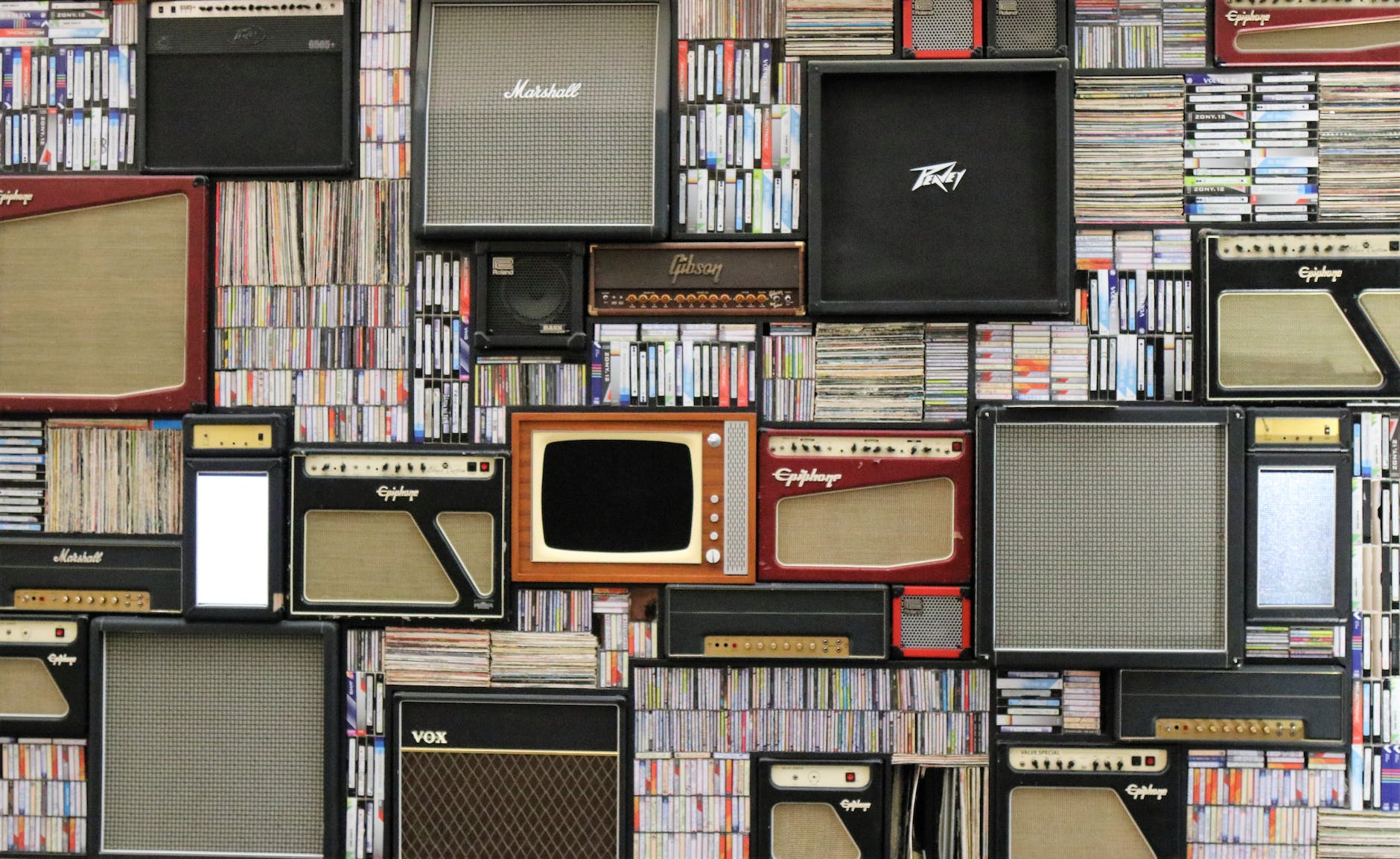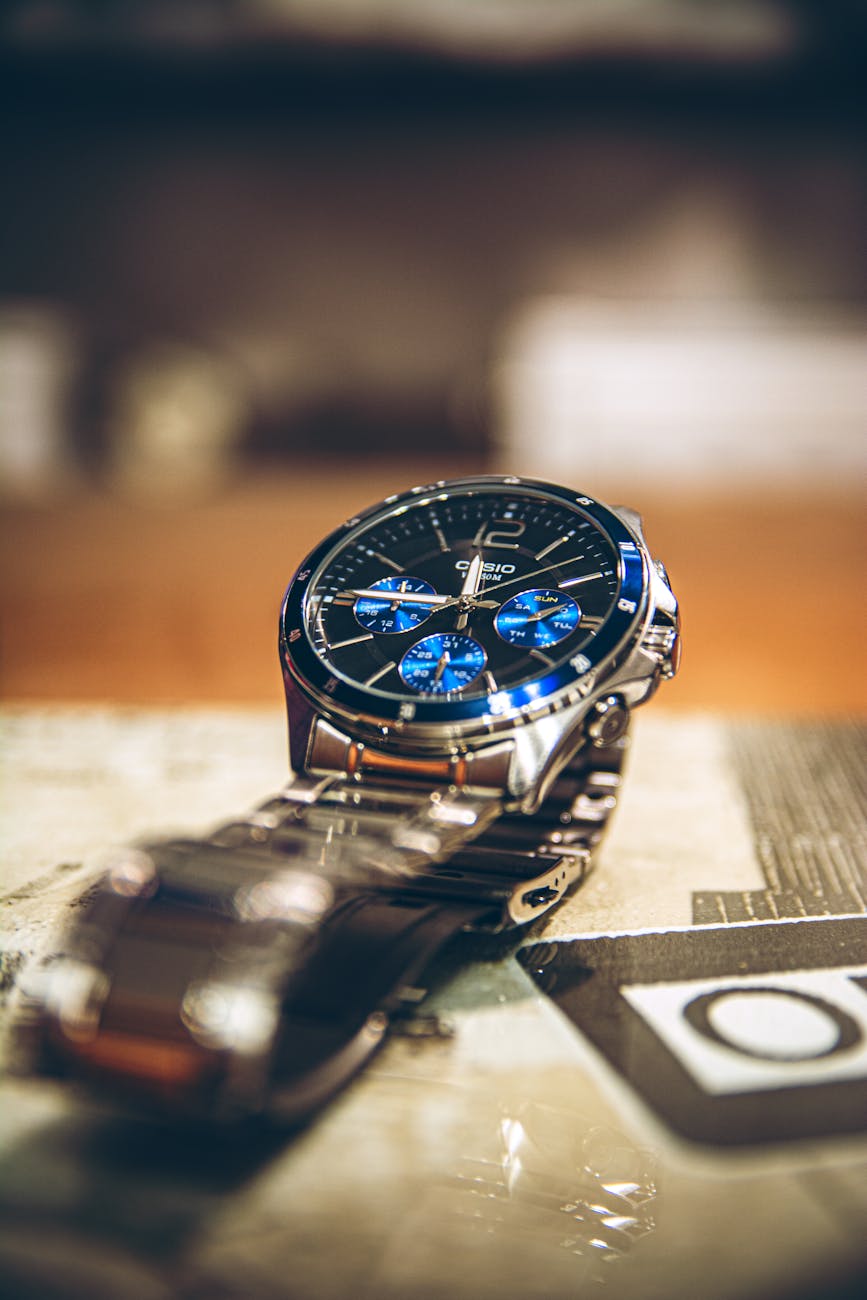OK, the last question is that when you have a modern format like Apple Spatial Audio which appears as Dolby Atmos that is going to an old AVR that doesn’t have this format, at least on my Denon, we get two mysterious options, the first is Direct which just means you get stereo, all these formats convert to that, but how does this all work, well here is a decoder ring:
- Apple Spatial Audio. Essentially, Apple takes Dolby 5.1, Dolby 7.1, and Dolby Atmos and applies directional audio filters so that with headphones, you can place any sound from anywhere in the 3D space. Similar technologies are “Dolby Atmos for Headphones” or Sony’s PS5 3D Audio
- Dolby Atmos. This debuted over 10 years ago with the June 2012 release of Brave. It’s an expansion of the older fixed channel systems (see below for 7.1 and 5.1), but what it does is take 118 sound objects that a sound designer can put anywhere into the 3D space, so Apple Spatial audio is the output processing and Dolby Atmos is a format and people have to license the decoders. As an aside, there is an output processing for Headphones, but also if you don’t have overhead speakers, there is something called Dolyb Atmost Height Virtualization. Technically speaking, Dolby Atmos uses a bed of 7.1.2 sound that has an additional 118 tracks of spatial objects which can be rendered across the actual physical speakers so it is a 128-track format. As an aside, the notation 7.1.2 means 7 main speakers, one subwoofer, and then 2 speakers that are overhead. All of this is done so that Dolby Atmos is backward compatible, the older formats just throw away the tracks that they can’t process.
- Dolby 7.1 . These are older formats that have 7 dedicated channels (front, center, right, then middle left and right, and finally rear left and right) plus a subwoofer channel. Unlike Atmos, these channels are fixed.
- Dolby 5.1 (formally called Dolby Digital or AC3) is older and doesn’t have the middle surrounds so it has five full channels and one lower bandwidth subwoofer channel.
- Dolby Pro Logic. The first version takes stereo formats and outputs synthetics speaker outputs, the original Dolby Pro Logic took stereo and created left, center, right, and a rear channel.
- Dolby Pro Logic II. Introduced in 2000, this takes any stereo signal and creates 5.1 output. And many folks have their own custom modes to get Jazz, Hall and Stadium.
- Dolby Pro Logic IIx. This takes stereo, Dolby Surround (left right and rear) and Dolby Digital 5.1 and up converts it to 6.1 or 7.1
- Dolby Pro Logic IIz. This takes the same inputs and creates synthetic height outputs ab love the fonr stand back commonly called 5.1.2 or 7.1.2
There is also a parallel universe run by DTS that has similar goals but different formats that you can license and most fancy AVRs end up licensing both Dolby and DTS so the basic question is which to use:
- DTS:X. This competes with Dolby Atmos and is also an object-based format.
- DTS Virtual:X. This is an output processor like Dolby Virtual Height which creates height without having height speakers
- DTS: Neo:X. This is an 11.1 processing system that takes stereo, 5.1, and 7.1 channel soundtracks and creates synthetic front-height and wide channels and puts them into the front and rear-height speakers.
Confused yet? The basic point though is that you have to ask three questions:
- What is the format of your content? In most cases, this will be Dolby Atmos, Dolby 5.1, or Stereo
- What speakers do you actually have? In my case, I have a 5.1.4 system, so there are four speakers that are firing upward to deliver virtual height
- What is the best output processing you should run in your AVR to get the best sound? That’s the basis of the title, so let’s move on to look at output formats in this old system
Denon AVR2310Ci Dolby Pro Logic IIz Height or DTS NEO:6 cinema
The good news is all this backward compatibility work makes it easy to work with old receivers. In this case, I have an old Denon AVR2310CI with HDMI 1.3a and 7 channels of 105W with Pro Logic IIZ that handles front effects. In its day, it cost $1200 and was quite a monster, and when fed a full Dolby Atmos format input, here is what it can do based on the spec sheet the speaker outputs are:
- Front L/R. 105W each
- Center. 105W
- Surround L/R. 105W
- Surround Back L/R. In the height processing, these are reassigned to the front height Left and Right.
Since I have a 7.1.4 system and not 7.1.2, I just make the heights identical front and back.
And it allows the following reassignment
- Dolby Pro Logic IIz Height. Dolby Pro Logic II is their name for processing four channels left, right, center, and rear into Dolby 5.1. OK, with all these connections and height information, there is Dolby output processing that can generate front height left and right, so you can either have a traditional 7.1 speaker system or drop the mid speakers (which I don’t need in a small room) and end up with a more useful 5.1.2 system that is you have front, center and right plus two rear surround and a subwoofer. In our case, we have a 5.1.4 system, so the front heights are taken care of and its not clear how the rear surrounds are wired.
- Dolby Pro Logic IIx.
- DTS NEO:6 cinema. This is an output-only system, so it can take any format and does post-processing to synthesize data. The cinema boosts the surround effect, there is also a music mode so it is less signification.
There is of course massive controversy about which output is better and most of the audiophiles seem to like the DTS NEO:6 output, on my system, the big difference is the synthesis of the middle tracks. But since this receiver has height information it makes sense to wire it that way.
Last point make sure your wiring is correct
There are so many connections here with 5.1.4, you have a total of 9 speakers x 2 cables or 18 cables and they have to go into 7 x 2 or 14 inputs, so make sure you get this right. As a small aside, with the extra heights, you can probably just wire them in parallel (use a 2-speaker cable to one at the input), this drops the impedance by half, but the volume is so low the amplifier should be able to handle it.







